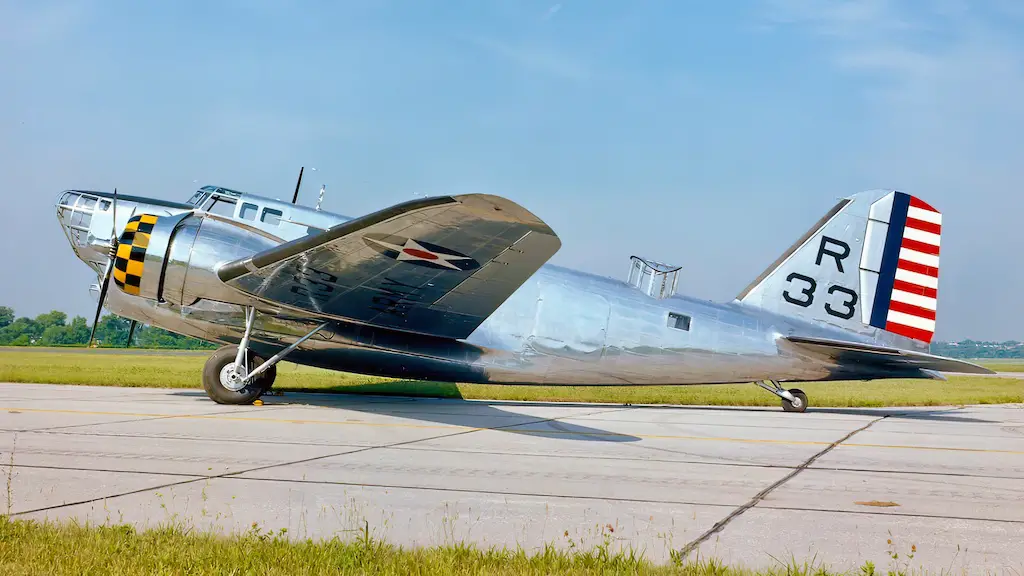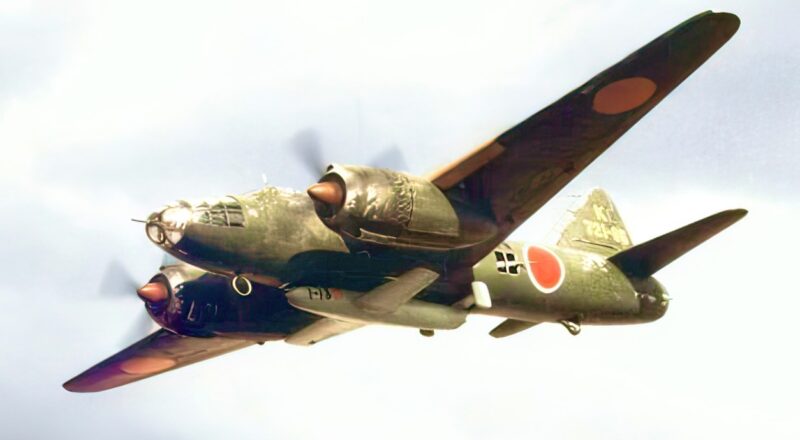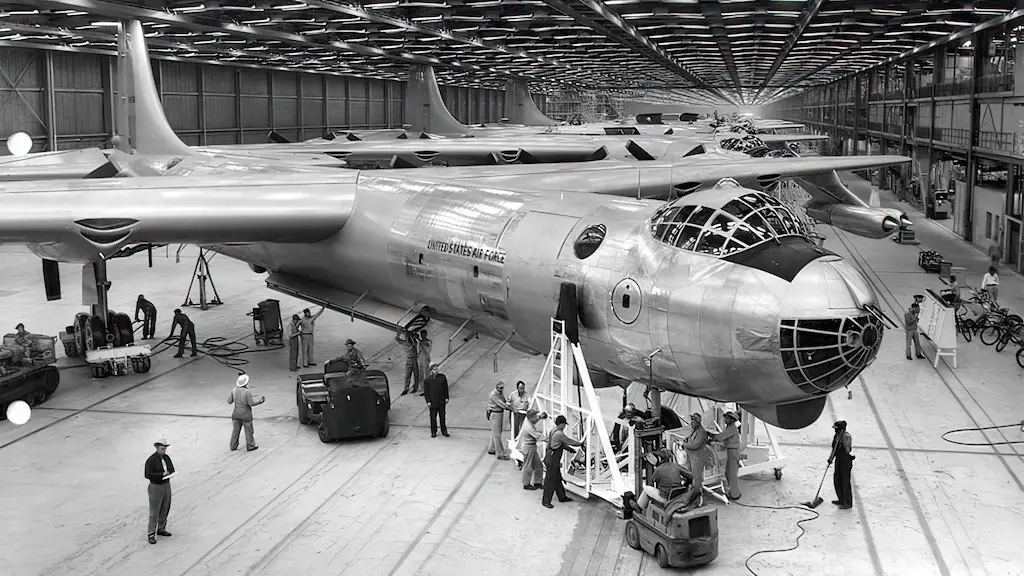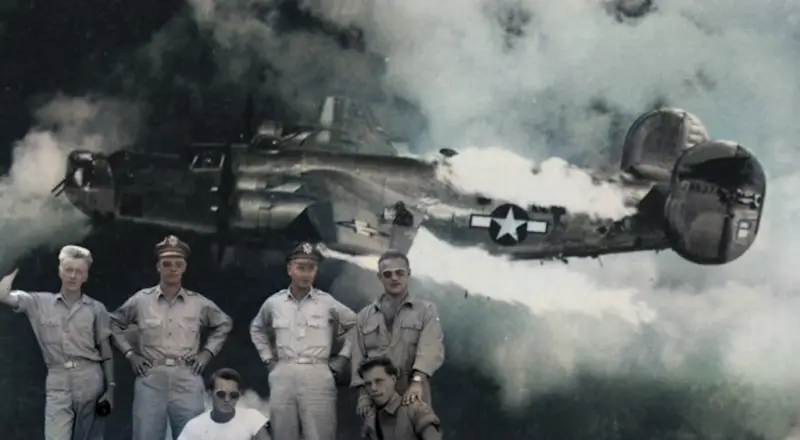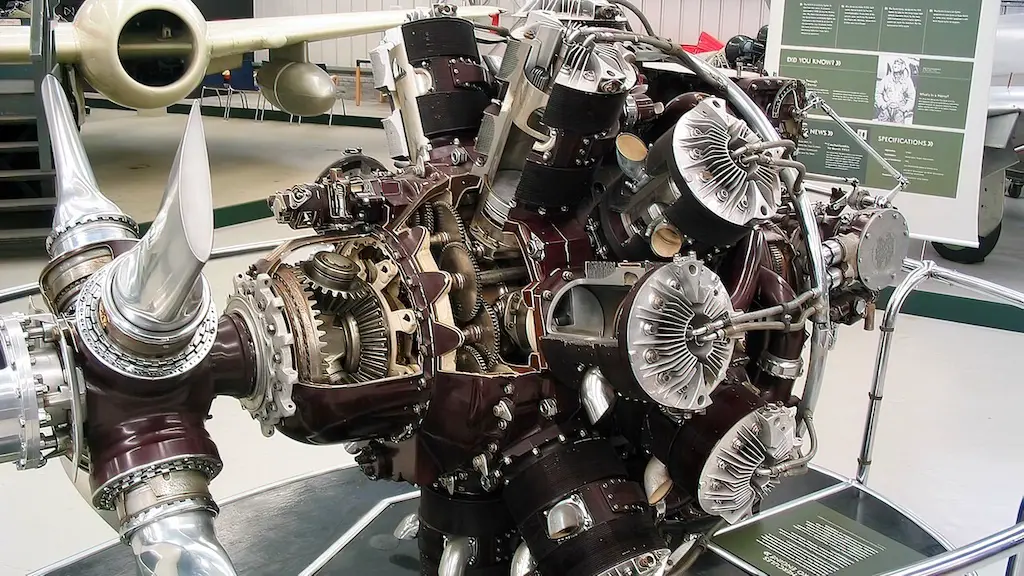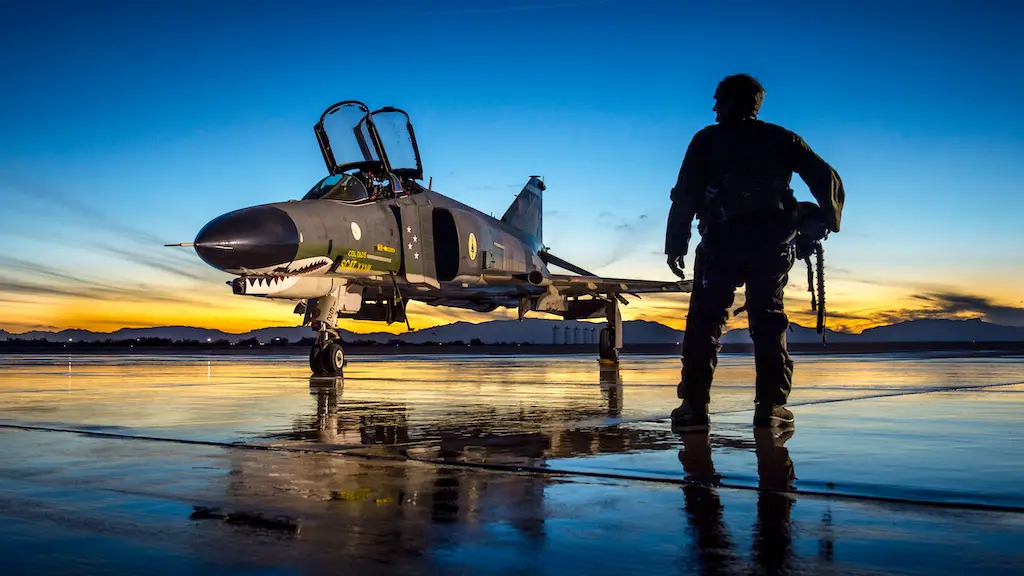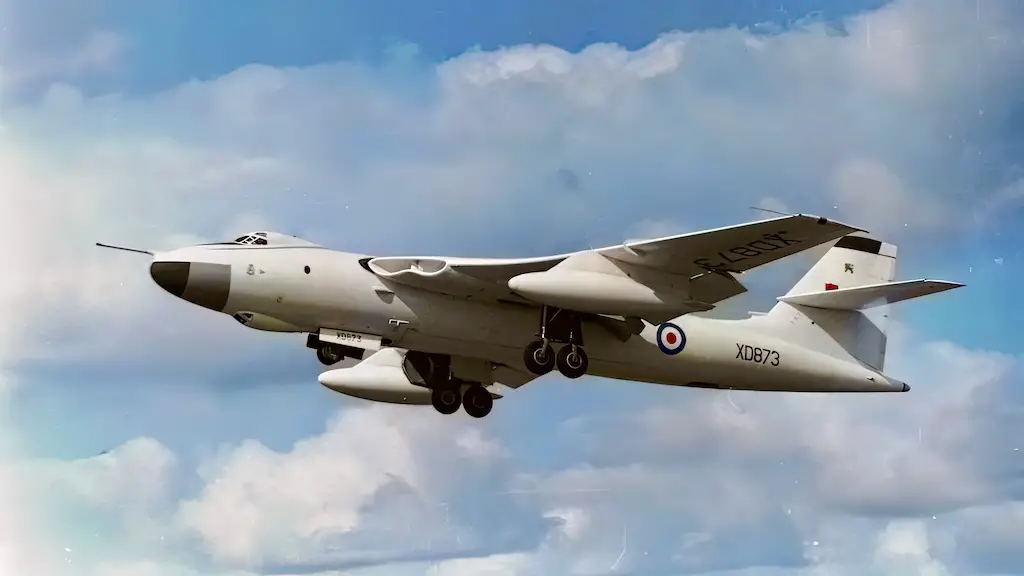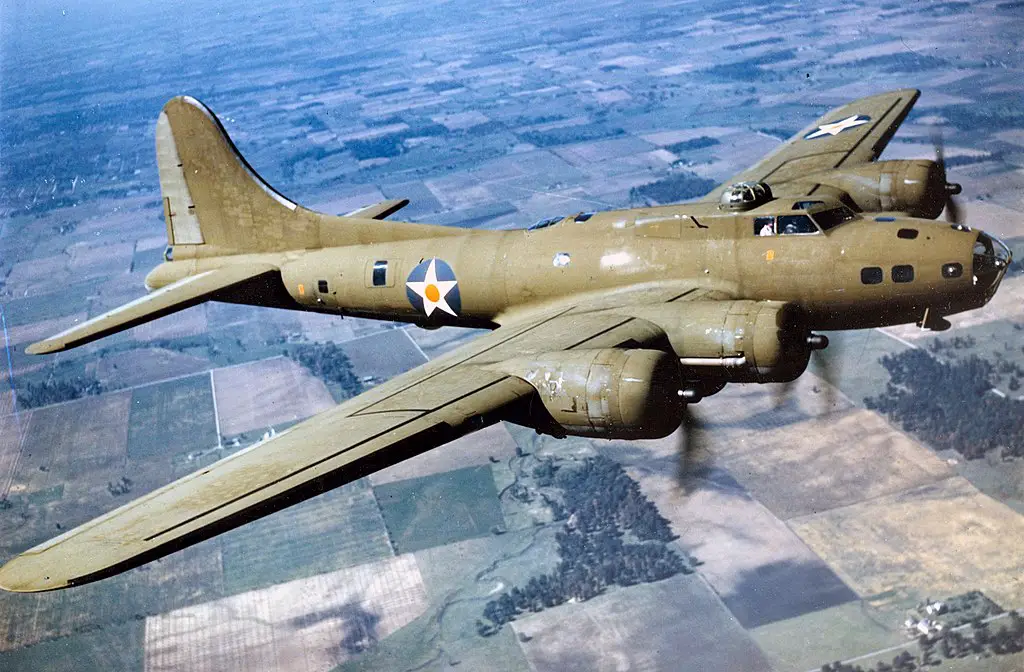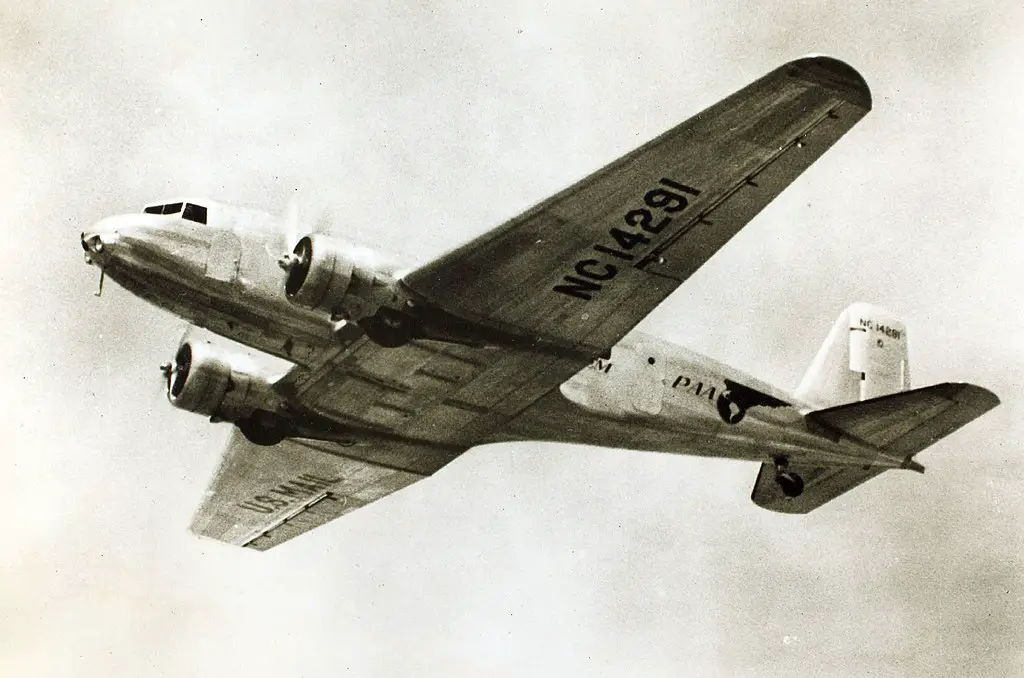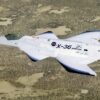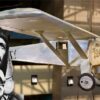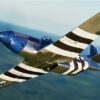The Douglas B-18 Bolo was an aircraft of honorable service rather than a symbol of technological prowess. In the early years of World War II, it might not have boasted the power or sophistication of the bombers that came later in the war or even some of its contemporaries, but it held the ground honorably. It bridged a critical gap until better and stronger bombers arrived and wrecked the Germans. In this exploration, we’ll delve into its development history, operational use, shortcomings, and surviving airframes.
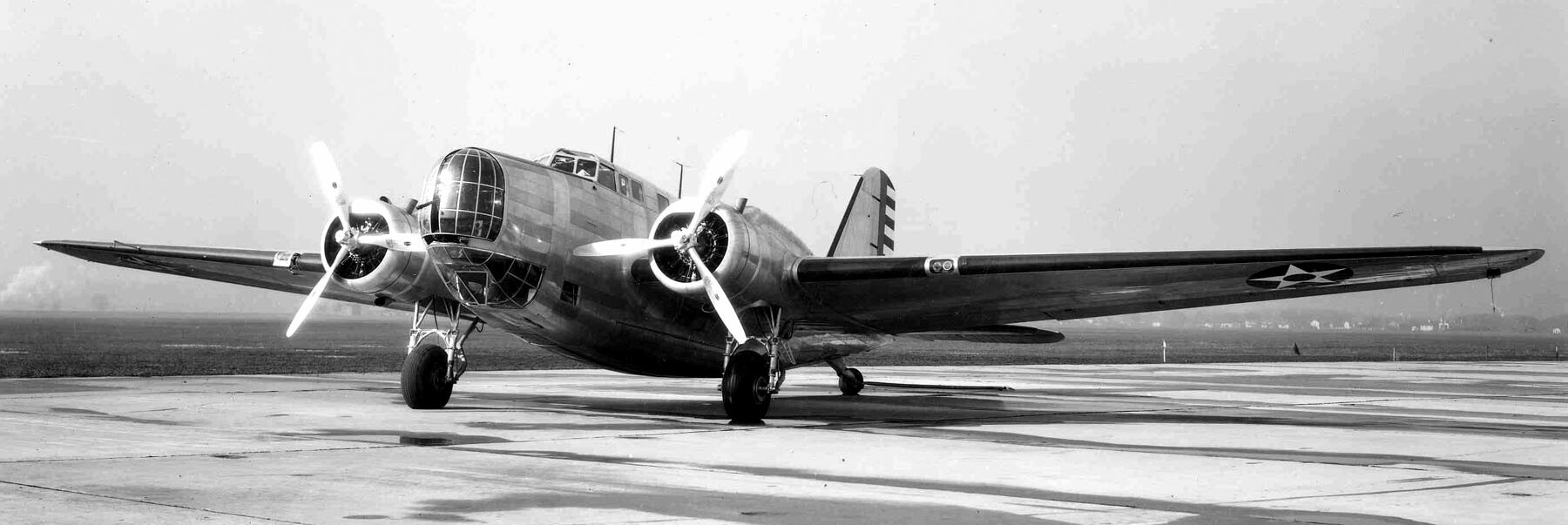
From Airliner to Bomber
The B-18’s genesis began with the Douglas DC-2 airliner. Engineers at the Douglas Aircraft Company saw potential in this commercial platform, transforming it into a medium bomber.First taking to the skies in 1935, the B-18 was more than a mere adaptation of a passenger airliner; it marked a groundbreaking phase in military flight. By incorporating elements from commercial aviation, the B-18 was transformed into a state-of-the-art aircraft of its era, boasting innovative navigation tools and a sleeker, more aerodynamic framework.
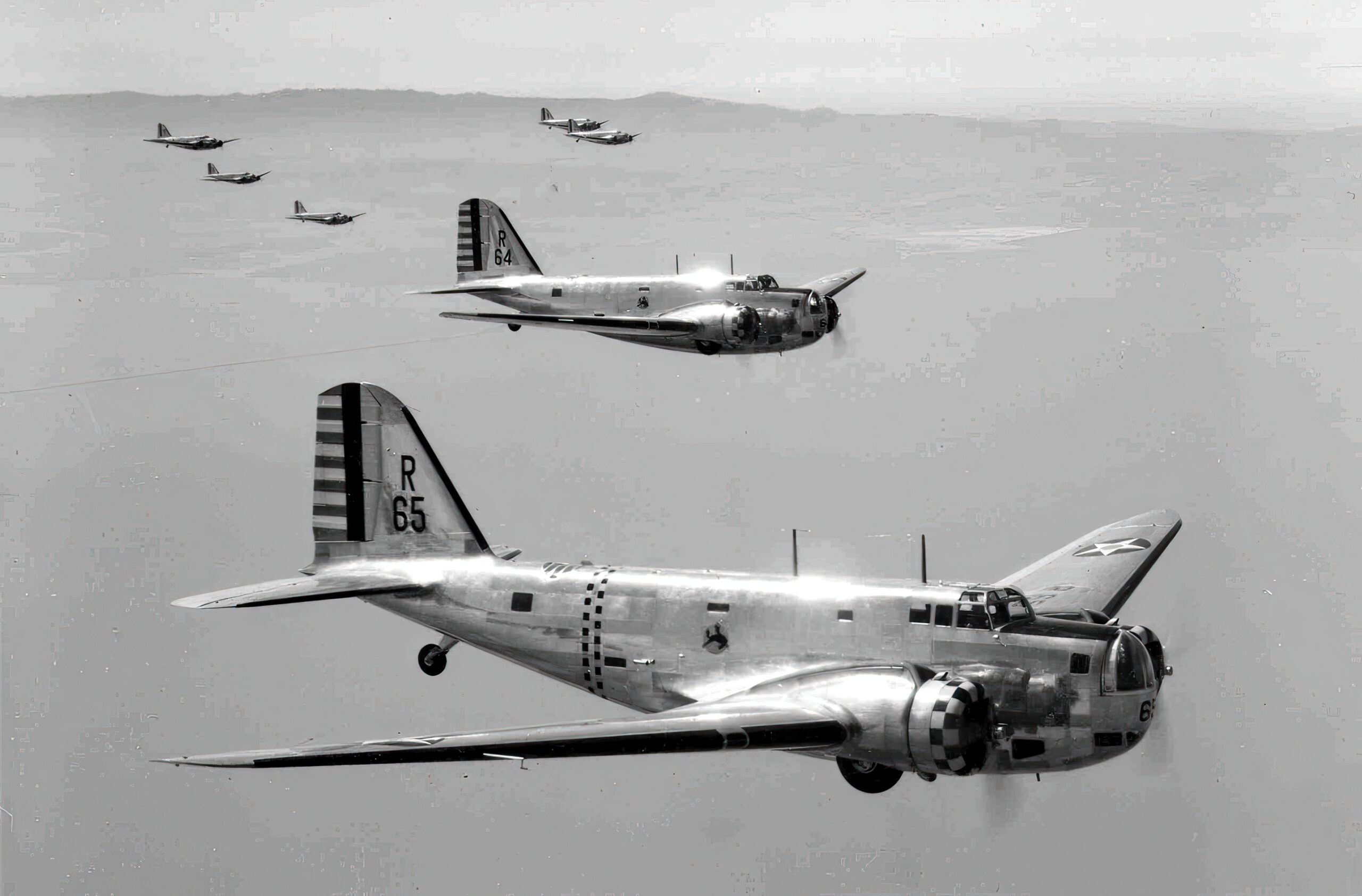
A Transitionary Design
The B-18 was not designed to be a groundbreaking force in aviation, but rather to act as a connecting link between the traditional and upcoming eras of bomber technology. Far from being a technological wonder, the B-18 nonetheless marked a significant step forward, offering tangible improvements over its predecessors. It played a pivotal role as a transitional device, preparing the way for future bombers by establishing a solid foundation for their evolution.
Anti-Submarine Warfare
Versatility was one of the B-18’s defining characteristics. Designed for multi-role missions, it was employed to hunt German U-boats, protect vital shipping lanes, and patrol coastlines. The Bolo’s adaptability meant that it could still perform essential tasks even as more technologically advanced aircraft entered service. Its presence in the Caribbean and along the U.S. coast helped to secure key maritime routes.
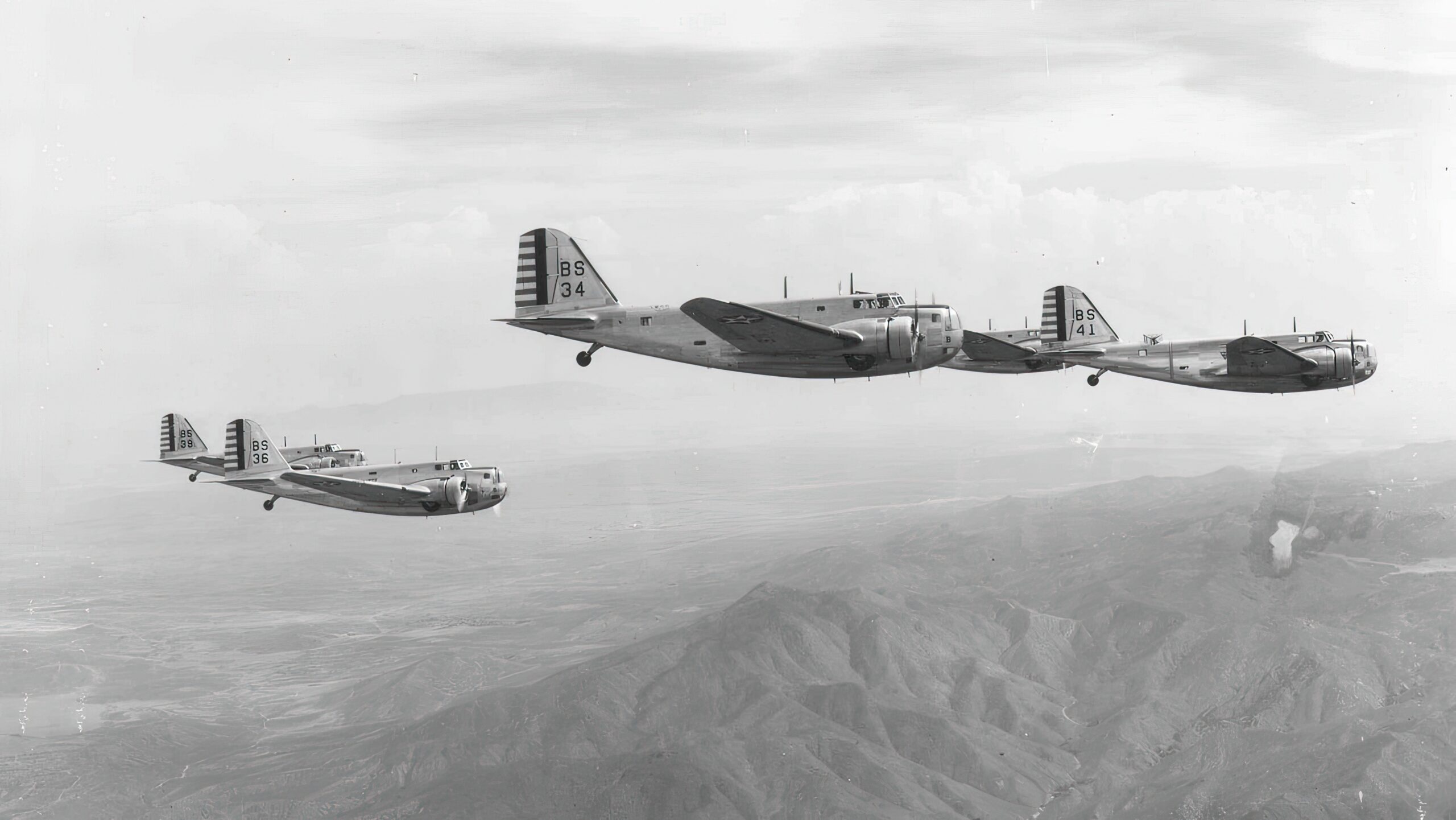
Pearl Harbor and Beyond
Several B-18s were stationed at Pearl Harbor during the infamous attack, and their role, though often overshadowed, is part of a rich history. The Bolo’s response to the attack, along with its further service in various theaters, adds to its unique and fascinating legacy. It demonstrated resilience and adaptability in the face of rapidly changing wartime conditions, forming an important piece of America’s military history.
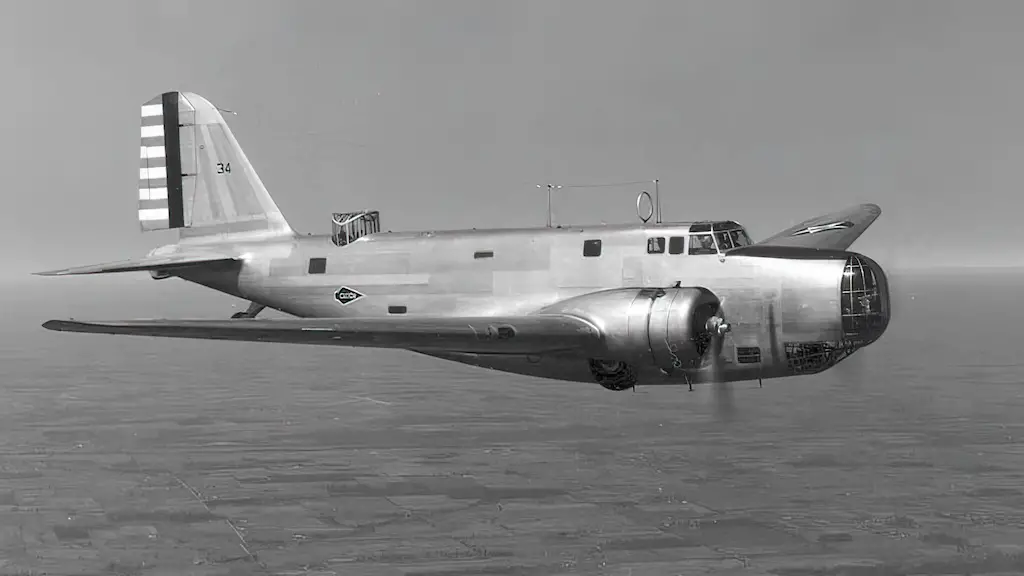
Limited Capabilities
While the B-18 served well, its shortcomings became increasingly evident as the war progressed. Slower and less heavily armed than successors like the B-17 Flying Fortress, it quickly became outdated. Lacking radar and other advanced technologies that later bombers would adopt, the B-18 struggled to compete, but its limitations served as valuable lessons for future aircraft design.
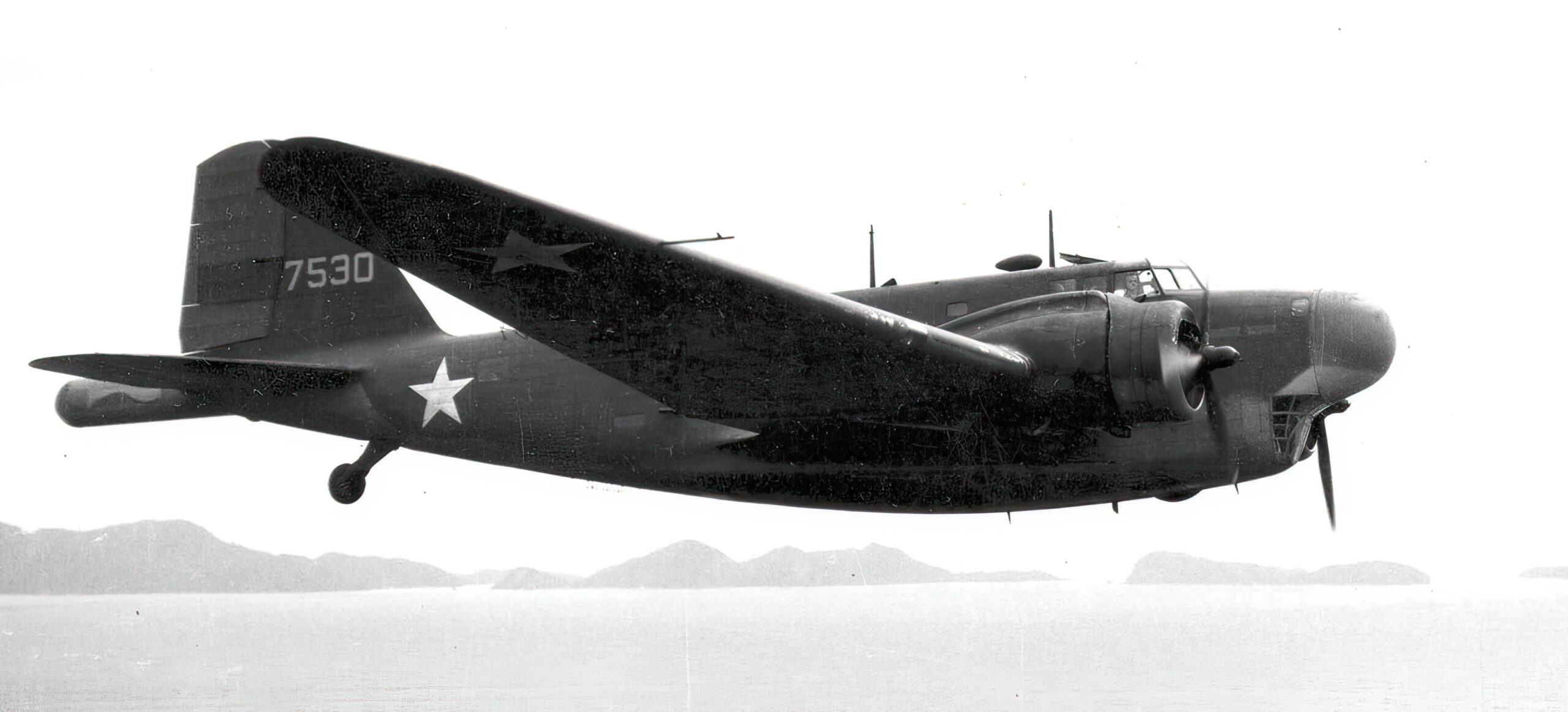
Vulnerability in Battle
The B-18’s vulnerabilities were exposed in combat, where it struggled against modern anti-aircraft defenses and enemy fighters. These experiences informed the design of future bombers, directly influencing the development of more robust and capable aircraft. The lessons learned from the B-18’s service were instrumental in paving the way for the technologically superior war-winning aircraft that followed.
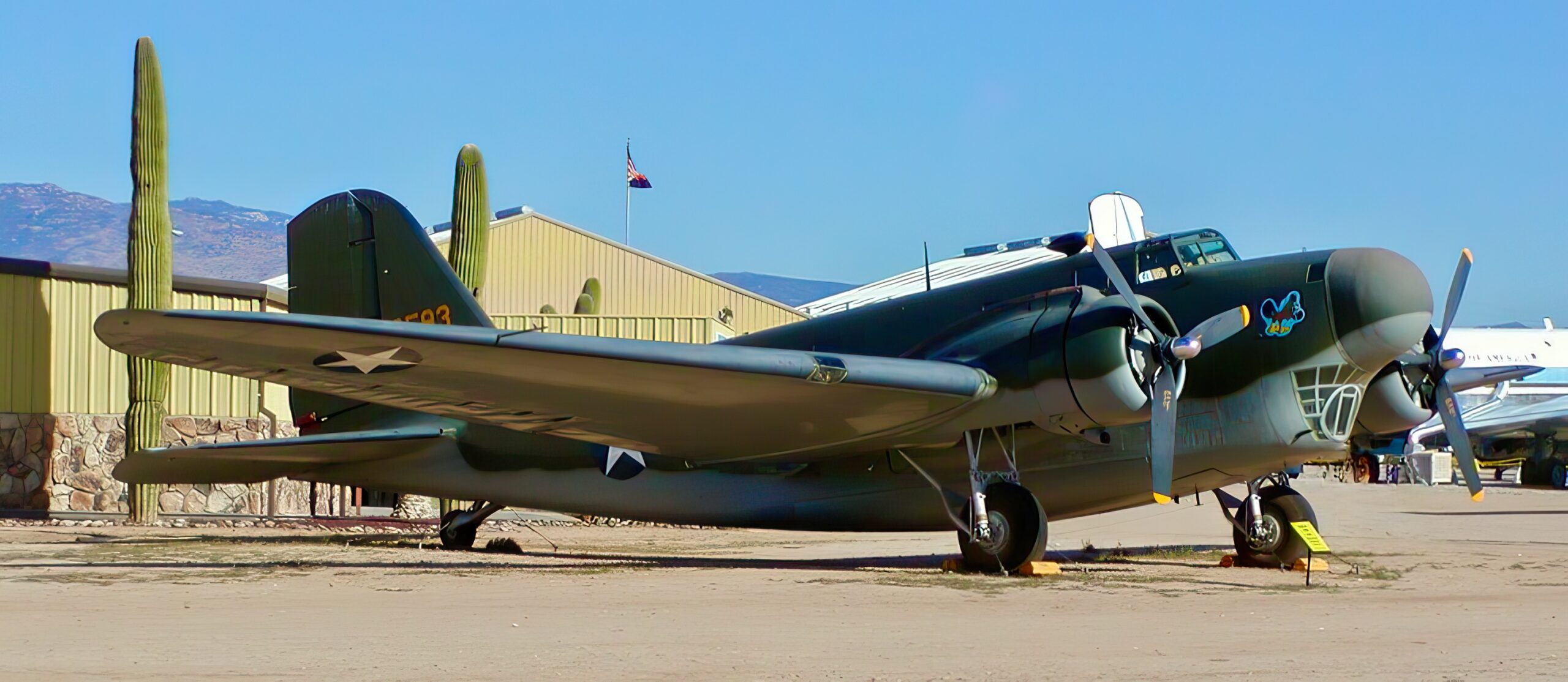
A Rare Sight
Today, only a few B-18s survive, making them a rare and valuable glimpse into a crucial period in military aviation history. These remaining airframes stand as physical artifacts, embodying the evolution of design, engineering, and tactical thought during a transformative era.
Several museums, including the National Museum of the United States Air Force, proudly display B-18s. These surviving examples allow new generations to explore an essential chapter in military innovation and understand the relentless progress of technology. They serve as living memorials to a time when the B-18 played a key role in the defense of the nation.
The Douglas B-18 Bolo may not have been a war-winning machine, but it was an essential part of the U.S. military’s growth and evolution. Its design informed and shaped future aircraft, its service bridged a pivotal gap, and its legacy continues to educate and inspire through the few surviving airframes. Though lacking in sheer power and cutting-edge sophistication, the B-18’s story is one of honor, resilience, and lasting value in the annals of aviation history.

